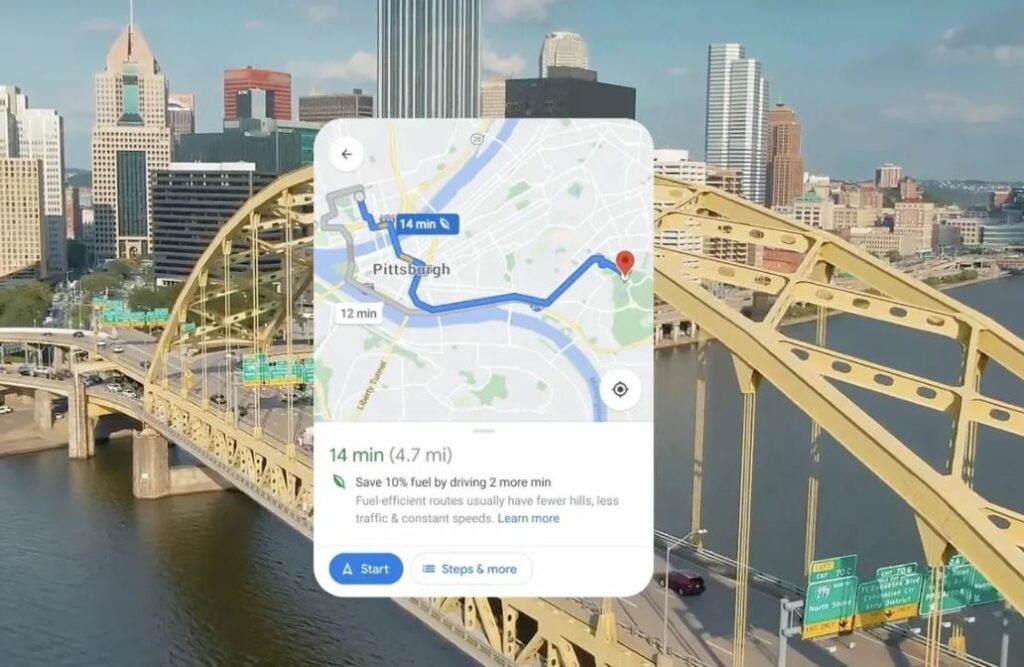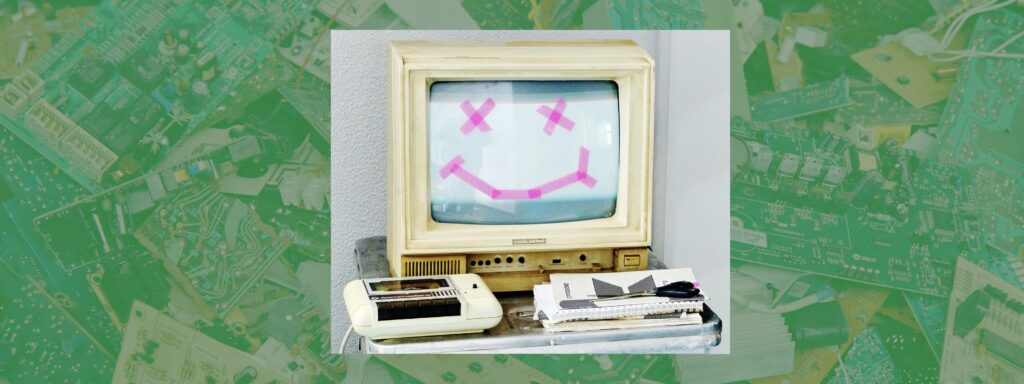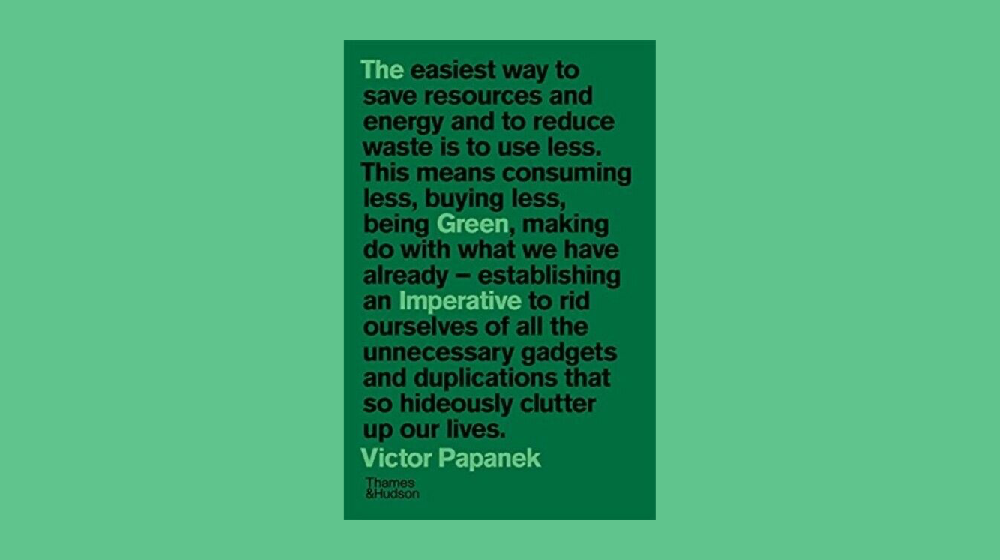|
The chips are down (or up) on hardware emissions
|
Hello!
This month, the day finally came for my talk on Zero Waste Web Design at An Event Apart and I am so grateful to the warm support from those who attended. If you were there, thank you for your support! If not, and you’d like to catch up, you can still purchase on-demand access to individual days.
I also enjoyed talking to Paul David Perry for an episode of the Tech Can’t Save Us podcast, and I have an upcoming talk next week, at London Web Standards’ annual State of the Browser event.
While it’s nice to talk at events and on podcasts, nothing is better than those 1:1 conversations when I learn something new from you, so please keep the links, emails, and social media interactions coming.
Until next time,
– Tom Greenwood
|
|
|
Top picks from the green web
|

Google launches new eco-friendly features
|
Earlier this month, Google announced a number of new features to help users make more sustainable choices. The updates can be found primarily on search, maps, travel and Nest, and focus on helping people reduce their CO2 emissions.
I’m pleased to see Google taking steps to use its influence to make it easy for people to make greener choices. It reminded me of my article ‘Could green search engines change the world?’ and although they have not introduced the feature I suggested to prioritise green websites and organisations in search results, this does seem to be a small step in that direction.
I’m also a big believer that user interface design can be a powerful tool to educate and influence, but all too often this is used to manipulate and encourage consumption. I hope that the changes being introduced by Google do help make positive changes in our lifestyles.
I hope this is the first step and that they continue to go further, although realistically I assume that they will never go so far as to challenge the consumption model on which Google’s business is built.
|
|

The chip industry's giant footprint
|
Demand for semiconductors is surging as life becomes increasingly digital, with chips being the key component of applications from AI to washing machines. The manufacture of these chips has a huge carbon footprint.
Last year, researchers from Harvard used publicly available sustainability reports from tech companies to produce their paper, Chasing Carbon: The Elusive Environmental Footprint of Computing. The researchers found that chip manufacturing accounts for a large of part of the hardware industry’s carbon output and that while devices themselves are getting more energy efficient in use, the amount of energy required to manufacture ever more powerful chips keeps increasing and eroding the benefits of energy efficient devices.
This article is well worth a read to understand just how huge the impact of chip manufacturing is. Be warned though, the Bloomberg Green website is painfully inefficient and full of ghastly autoplay adverts!
|
|

Could renting be the answer to tech's electronic waste problem?
|
German startup Grover is selling subscriptions to laptops, smartphones, and other tech devices in an effort to reduce the number of devices that end up in landfill.
While less than 18% of electronics might end up recycled when the decision is left to their owners, Grover recycles every item that’s become too outdated or damaged to rent out, theoretically ensuring that none of their devices contribute to the growing mountain of e-waste. Since launching in Europe, Grover estimates that it has avoided 1,500 tons of electronic waste.
This concept has been around for decades and is promoted strongly in this months book, The Green Imperative (see below), so I’m interested to see how this works out in practice where so many others have failed to catch on. Could it be an idea that’s time has come? Let’s hope so.
|
|
|
|
|
"Design, if it is to be ecologically responsible and socially responsive, must be revolutionary and radical."
|
Victor Papanek
|
|

The Green Imperative by Victor Papanek
|
A couple of months ago we reviewed ‘Design for the Real World’ by Victor Papanek, one of my favourite design classics. Maybe, just maybe, this latter work by Papanek is even better!
The book takes us on a journey through the why and the how of designing for a more environmentally sustainable and socially just world, as well as exploring the relationships we have with the products that we design, build and use. Along the way, he shares fascinating case studies from his own career as a designer and takes us on some interesting tangents into design history and culture.
Written in 1994, it is incredible to see how relevant this book still feels today. Many times Papanek refers to “new solutions” that will be available within a few years, and yet many are the same solutions that are apparently still coming in the next few years!
If nothing else, you should read this book to find out why Inuit are the best designers in the world.
|
|
|
|
|
Other news from the green web
|
|
|
|